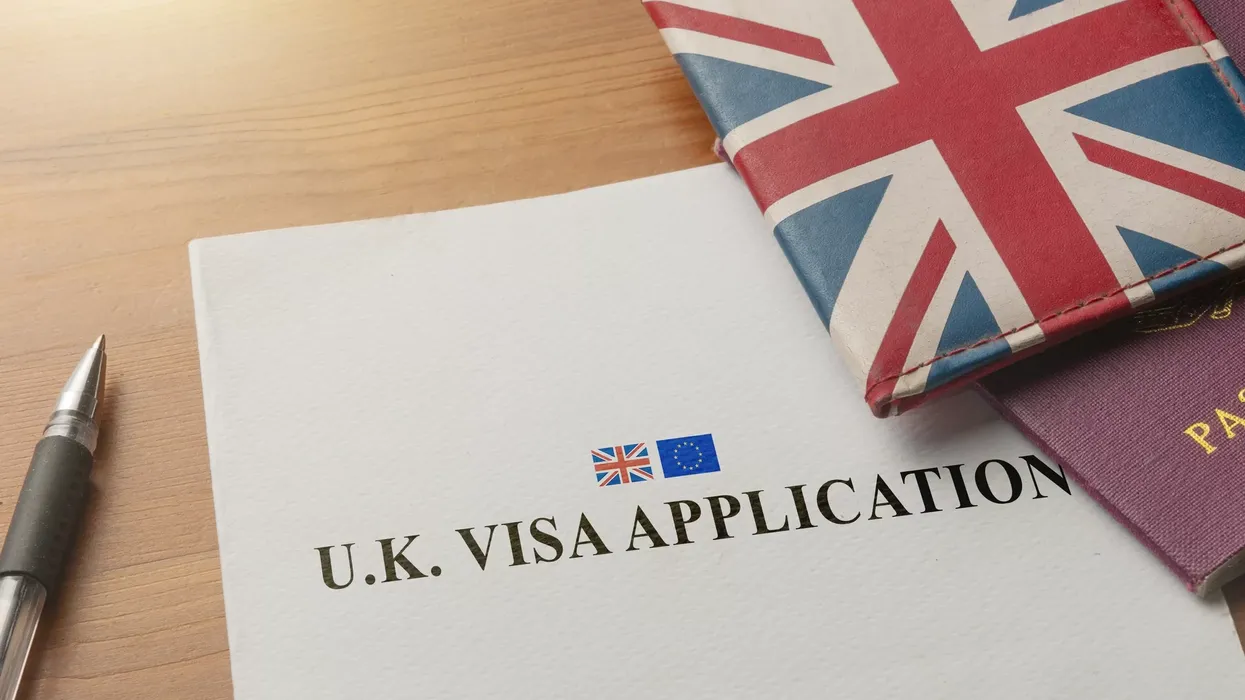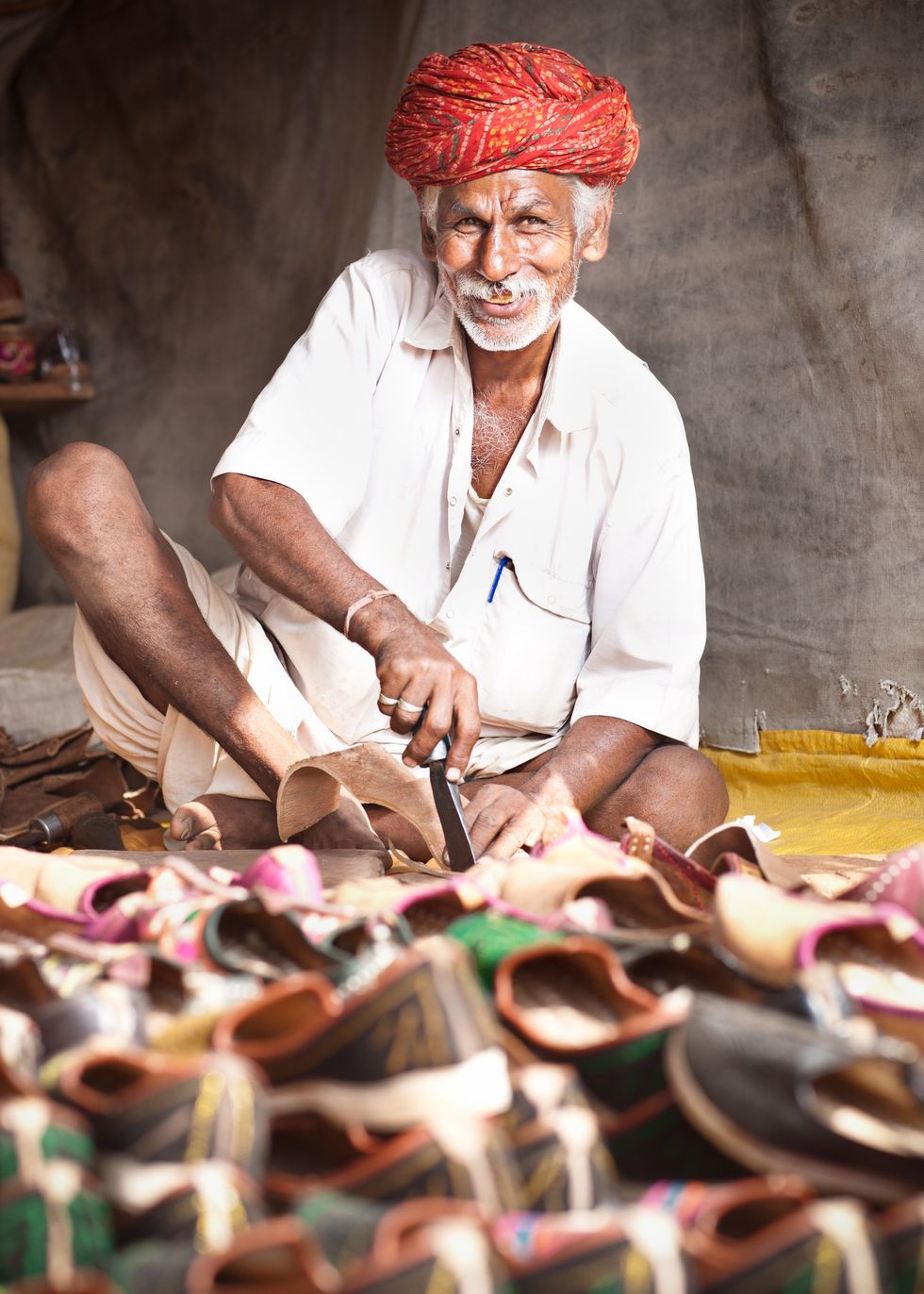A GUIDE TO USING SELF-ISOLATION TO HELP IN EVERYDAY LIFE
by ASJAD NAZIR
BEING indoors during self-isolation because of the coronavirus pandemic doesn’t need to be boring or just about binge watching box sets and movies.
There are plenty of useful things to do indoors that are fun, healthy, enlightening and effective ways to pass the long hours while away from the world. With that in mind, here are 20 top activities to do indoors.
Clear clutter: Start your spring-cleaning early, but go beyond just dusting and get rid of any unwanted clutter. This can include old clothes, household items, out of date products, ranging from food to makeup, desktop files and old texts or contacts on your phone. Isolating is also a good way to remove toxic people from your life. This will make you feel lighter and more productive in the long run.
Games: Spend time playing games that activate the mind like a Sudoku puzzle, crossword, jigsaw, scrabble or something similar. This will keep the mind energised and help pass the time. Games like scrabble are a great way to connect with others by playing online.
Cook: Do plenty of cooking and learn new recipes. This will not only enable you to eat healthier, but make your food supply last much longer. By the time all of this is over, you will be a master of the kitchen and be well-prepared.
Learn: Cooking isn’t the only thing you can learn from home, as there are so many others. This can range from something like a creative skill to doing home improvements through DIY websites that will provide tutorials for pretty much anything you want to learn. These can be useful life skills that can be carried forward.
Exercise: Being indoors isn’t an excuse to stop being active and there is plenty that can be done. The more physically minded can do challenging exercises like sit-ups, skipping, plank, jumping jacks and mountain climbers. There are also more gentle exercises like yoga, tai chi and even meditating, which all have health benefits. Even something simple like walking around the house, cleaning or gardening will help. A healthy body will always lead to a healthy mind.
Creativity: Unleash your inner artist and get creative. You can write a story or poem, do origami, paint, crochet or any number of activities. There are tutorials online to help you. Or you can start writing a journal.
Read: Most of us have become so busy or consumed by social media that we have stopped reading books. Now is a great time to get lost in a good, inspiring book that will transport you away to exciting new worlds. This will keep the mind active and help positive thoughts flow.
Kids activities: If you have young kids it can be especially challenging having to stay indoors, but there are plenty of things that can keep young minds engaged. Create a treasure hunt by leaving clues around the house, or perhaps play board games, do indoor camping, teach them a new skill and encourage them to be creative. You can also get them to write a letter to someone or come up with their own new games.
Reconnect: Reengage with close friends and loved ones who have become disconnected due to your busy life or because of a disagreement. Write to them or better still have a catch up over the phone or via a video call.
Relax: Create your own mini spa at home and have a pampering session. Light candles, play soothing music, put on a face mask, pour a drink, close your eyes and relax.
Try a new look: Being disconnected from the world is a great time to try that new look you have been avoiding, like a new hair colour or if you are a guy growing that beard. If it goes wrong, no one else will see and if it looks great, you can surprise the world when the lockdown is over. You can also try a new look indoors by rearranging furniture (perhaps try Feng Shui)
Be responsible: Now is a good time to do all the boring stuff you have been avoiding like being up to date with taxes, calculating your finances and checking that all bills are paid.
Connect online: Go beyond social media and make friends online with a fun activity. You can join a musical jam session, watch Netflix with someone across the world, host a dinner party, join new online groups, create a tournament or find out more about friends you have made online, but never met.
Podcast: There is great entertainment beyond Netflix, Amazon, TV, iTunes, radio and sites like YouTube. One of the best is tuning into some amazing podcasts that are out there, which open up a whole new world.
Green fingers: Whether it is in the garden or in a small box, plant some seeds and grow something. This will not only give you satisfaction, but it is also good for the environment and will help keep you healthy.
Gratitude lists: The best thing to do when all hope seems to be lost is to make a gratitude list. Make a list of all the many things you are thankful for in life and stick it up where you can see it. You will see the positives outweigh the negatives.
Donate: If you can afford it, go online and give to a charitable cause, like a food bank or a fund that helps overworked nurses, who are doing such an amazing job during these trying times.
Get virtual: Today, being stuck indoors isn’t a barrier to visiting amazing places because there are so many virtual tour options available online, which includes visiting museums.
Heal: This is also a good time to heal if you need it. Whether it is meditating, having alone time, speaking to someone trusted over the phone like a therapist or doing an online therapy course, use this time to heal yourself.
Think positive: Last but not least, have positive thoughts. It may be worrying during difficult times, but positivity will help you and those around you. It will also make you mentally stronger and enable you to get good sleep.

















 Shefali Jariwala death raises concern over anti ageing drugs and self medication Instagram/shefalijariwala
Shefali Jariwala death raises concern over anti ageing drugs and self medication Instagram/shefalijariwala  Anti ageing pills found at Shefali Jariwala home spark health safety debate Instagram/shefalijariwala
Anti ageing pills found at Shefali Jariwala home spark health safety debate Instagram/shefalijariwala 
 Prada confirms Kolhapuri chappals inspired its 2026 Milan collectionInstagram/
Prada confirms Kolhapuri chappals inspired its 2026 Milan collectionInstagram/ Kolhapuri chappals have been crafted for centuries and received GI tag in 2019 iStock
Kolhapuri chappals have been crafted for centuries and received GI tag in 2019 iStock